Top Class Actions’s website and social media posts use affiliate links. If you make a purchase using such links, we may receive a commission, but it will not result in any additional charges to you. Please review our Affiliate Link Disclosure for more information.
Product liability law allows consumers to sue any or all parties along the distribution chain of a product for damage caused by that product. Consumers can bring a product liability claim against retailers, distributors, and manufacturers for defective products, as well as claims for failure to warn, misrepresentation, and other manufacturer obligations.
Most product liability claims are founded in negligence rather than in contract. In this article, we will explore how to bring a product liability claim in negligence.
If you bought a defective product, bringing a negligence action alone or as a member of a class action lawsuit can contribute to ensuring the manufacturer is held responsible for manufacturing, marketing, and selling a defective, and potentially, dangerous product. As the plaintiff, you must prove – on the balance of probabilities – that the defendant was negligent. This requires that:
- The defendant owed a duty of care to the plaintiff;
- The defendant breached the requisite standard of care associated with the duty; and lastly
- The defendant’s breach caused the plaintiff’s damages.
Manufacturer Product Liability
In product liability cases, manufacturers are typically the most common class of defendants. The term manufacturer describes all the parties involved in the production of a product. This includes sub-manufacturers, assemblers, installers, and fabricators. Manufacturers will generally be named either as a defendant in product liability claims or will be added to the lawsuit as a third party by one of the defendants.
There is usually no contract between a manufacturer and the purchaser of a product. Unlike bringing a product liability claim in contract, a contractual relationship need not be established to bring a negligence claim. However, as the plaintiff, you will have to establish that the manufacturer was negligent in the design or the manufacture of the product. Alternatively, you can prove that the manufacturer failed to warn of a danger associated with the product.
For example, if you purchased Evenflo’s Big Kid booster seat, which was found to be falsely advertised and potentially unsafe, you likely did not buy the booster seat directly from Evenflo. You can still bring a product liability claim in negligence if you purchased the product from a third-party retailer, such as Canadian Tire, as long as you prove Evenflo’s negligence.
You can also bring a product liability claim against the manufacturer for negligence by the suppliers of component parts. This is because manufacturers must take reasonable steps in selecting their suppliers and must take reasonable steps to test or inspect component parts.
Product Liability and Duty of Care
Duty of care is a key component to a successful product liability claim in negligence. Plaintiffs must prove that the defendant had a legal obligation to not cause harm. To prove duty of care, you must establish that a relationship of proximity existed between you, the purchaser, and the manufacturer. Duty of care arises where the defendant’s conduct creates a foreseeable risk of harm to the plaintiff.
The purchaser of a product and the manufacturer have a relationship of proximity that creates a duty of care.
There is, however, another duty of care owed by manufacturers, to take reasonable care to ensure that their products will not result in injury or damages when used in the scope of the product’s foreseeable uses. This duty is not only owed to the purchasers of the product; it is owed to all people who could reasonably be in a position to be harmed by the product’s use. Manufacturers, therefore, have a subsequent duty to warn purchasers of potential harm in the use of their products.
Product Liability and Standard of Care
The law requires a defendant to meet the standard of care that would have been exercised by a reasonable person in all the same circumstances of the case. Professionals and manufacturers have a specific type of standard of care. Manufacturers are held to a standard of care and skill expected from a manufacturer of the product in question. A product is considered defective if it is not manufactured in accordance with the requisite standard of care or results in injury when used as intended.
For example, many products recalled by Health Canada are defective and can cause injury when used in the scope of their foreseeable uses.
Manufacturers that fail to take reasonable care to ensure that a product sold to consumers is not defective will be responsible for harm caused by the use of the defective product.
 Product Liability
Product Liability
As a plaintiff, you can bring a negligence claim in product liability under different liability claims. Among the most common are, negligent manufacture, negligent design, and failure to warn.
Negligent Manufacture
To bring a product liability claim under negligent manufacture, you must prove that:
- The product was defective because it was not manufactured in accordance with the specifications the manufacturer intended;
- The defect arose as a result of the manufacturer’s failure to take reasonable care; and
- The plaintiff sustained damages caused by the defective product.
To prove a defect, you may need an expert to examine the product and provide expert evidence to establish the defect. This is because courts will require actual proof of a defect.
For example, in the case of the class action lawsuit against HP Canada for its defective gaming keyboard, the lawyers representing Class Members commissioned an expert to testify as to the keyboard’s defect, namely that certain keys do not work and that the keyboard is not mechanical, as advertised.
Negligent Design
The law of negligent design is not as defined as negligent manufacture. Nevertheless, as the plaintiff, you will first have to prove that a product was defective to establish liability on the part of the designer. Generally, a design defect arises when the product is manufactured as intended, but the design gives rise to malfunction or creates an unreasonable risk of harm that could have been reduced or avoided through the adoption of an alternative design.
In the case of the class action lawsuit against automakers for defective fuel pumps, lawyers claimed that the automakers did not design the fuel pump and plastic impeller with the necessary robustness to operate safely under normal operating conditions, although the automakers were aware of and had access to reasonable alternative designs. These designs, they argued, would have mitigated or eliminated the fuel pump defect.
In determining whether the design defect creates an unreasonable risk of harm, courts apply a risk-utility test. The test asks whether a reasonable alternative and safer design exists. This analysis involves a determination of the state of knowledge and technology in the industry responsible for the design of the defective product, such as the automotive industry, at the time of design.
Courts consider many factors when assessing whether there was, at the relevant time, a reasonable alternative design:
- The utility of the product in question to the public as a whole and to the individual user;
- The likelihood the product will cause harm in its intended use;
- The severity or magnitude of the harm that may be caused by the product;
- The availability and consequences of adopting an alternative design;
- The probability and severity of harm that may be present in an alternative design;
- The effects of an alternative design on the product’s function and cost;
- Etc.
Courts will also consider whether the design complied with any applicable statutory, regulatory, or industry standards, and the plaintiff’s ability to avoid injury by careful use of the product.
Failure to Warn
Another common product liability claim is failure to warn. This refers to a situation where a manufacturer knows, or ought to know, of a danger associated with the use of its product. In such cases, the manufacturer has a duty to warn consumers of the potential danger.
Additionally, users of products have a duty to read and heed warnings and instructions provided with a product.
Importantly, the duty to warn and the level of warning must be commensurate with the risk of harm and the complexity of use.
When manufacturers become aware of a danger associated with a product, the courts have imposed a high standard upon them to devise a program to alert owners about the risks.
Manufacturers have an ongoing duty to inform users of all known defects or dangers associated with a product. They must also warn purchasers where there is reason to suspect that there is a danger associated with the use of the product. Accordingly, failure to initiate a public warning campaign could result in the manufacturer or the distributor becoming liable for any injuries caused as a result of the suspected defect.
For example, a recent national class action lawsuit alleged that certain MINI Cooper vehicles contain a dangerous power steering defect that poses a risk of crashes or potential vehicle fires. Indeed, BMW notified owners and lessees of certain MINI Cooper models in the U.S. about the defect and recalled the vehicles in question. However, BMW failed to do the same for the affected models in Canada, thus allegedly infringing their duty to warn obligations.
Did you purchase a defective product? Have you tried to bring a product liability claim? Share your experiences with us in the comments below!
ATTORNEY ADVERTISING
Top Class Actions is a Proud Member of the American Bar Association
LEGAL INFORMATION IS NOT LEGAL ADVICE
Top Class Actions Legal Statement
©2008 – 2024 Top Class Actions® LLC
Various Trademarks held by their respective owners
This website is not intended for viewing or usage by European Union citizens.


 Product Liability
Product Liability 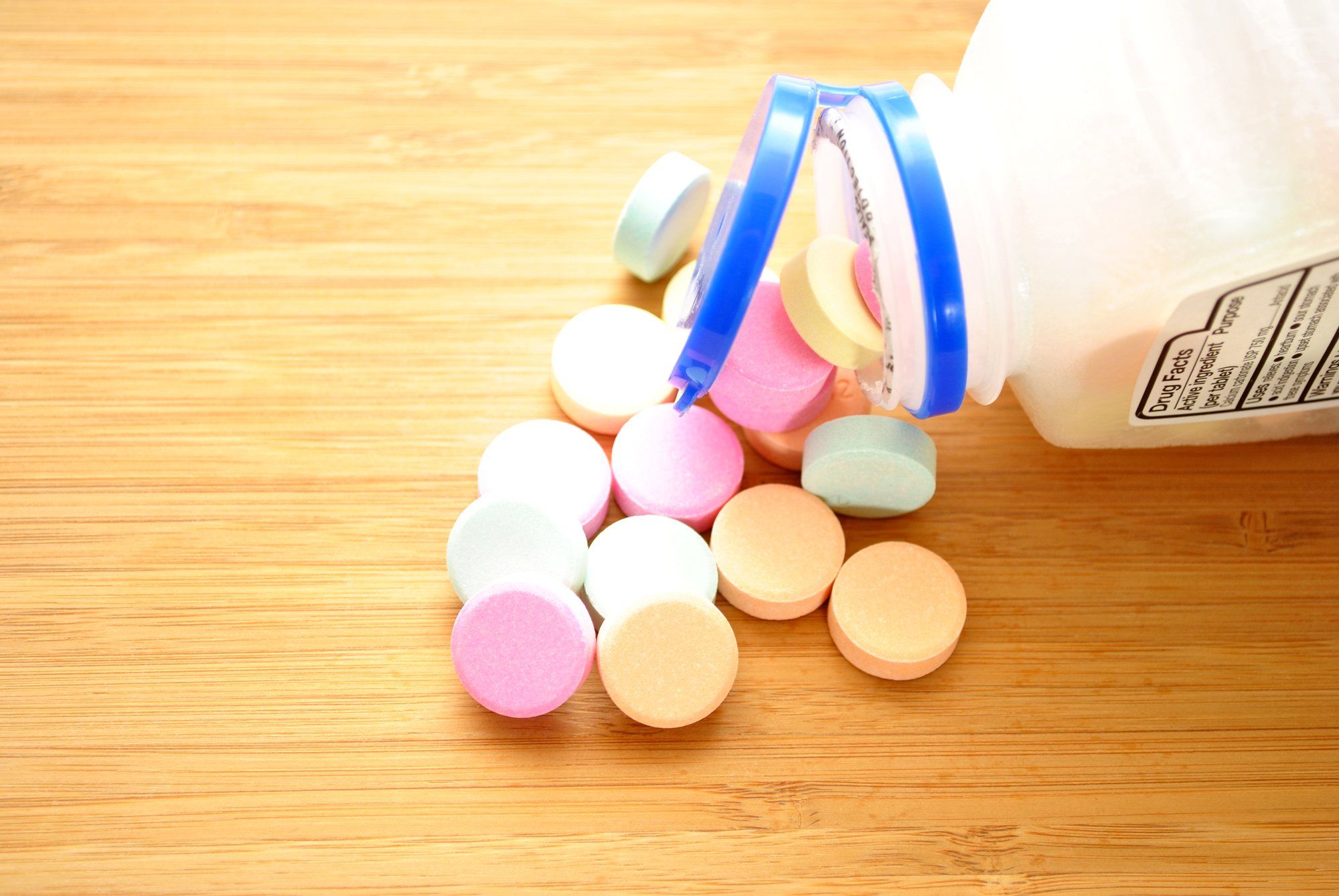





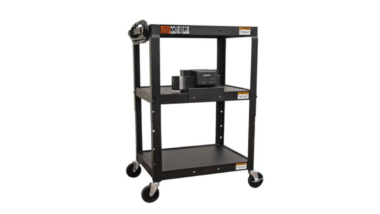
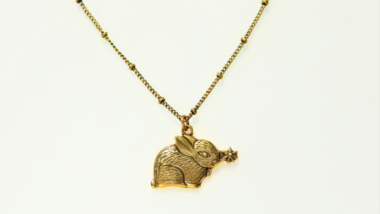





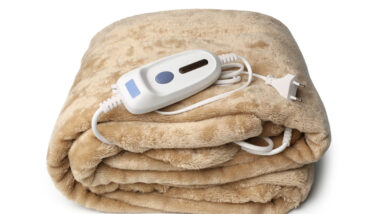
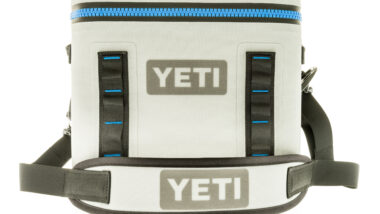

One thought on How to Bring a Product Liability Claim
Purchasing a 2012 BMW X1 xDrive Turbo SUV in 2017 without knowing that this vehicle was hiding a manufacturing defect because my vehicle has the code N-20. Has there been or is there a Collective Action against BMW on this matter?
chat d’un VUS BMW X1 xDrive Turbo 2012 en 2017 sans savoir que ce véhicule cachait un défaut de fabrication car mon véhicule a le code N-20. Est-ce qu’il y a eu ou il y a un Action Collective contre BMW à ce sujet ?